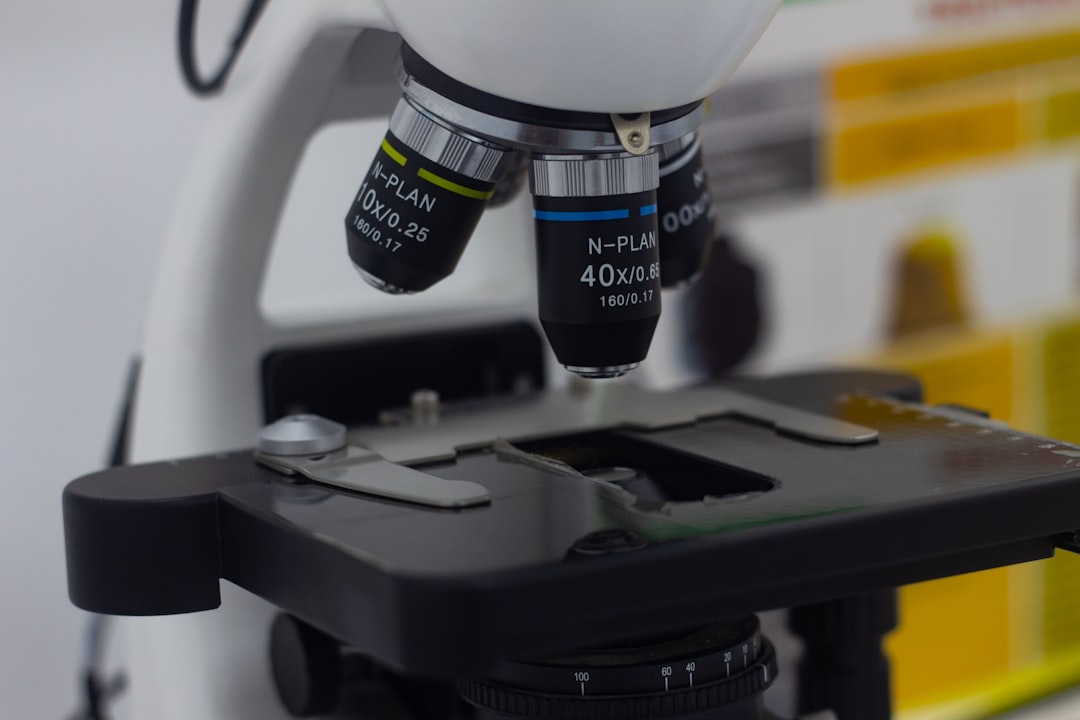Predictive analytics has become an essential tool for businesses in today’s data-driven world. It allows companies to make informed decisions and gain a competitive edge by identifying patterns and trends in historical data to predict future outcomes. In this blog post, we will explore what predictive analytics is, how it works, and how it can be used to drive business success.
Key Takeaways
- Predictive analytics is crucial for businesses to gain a competitive advantage.
- Understanding key concepts and best practices for data collection and management is essential for effective analytics.
- Choosing the right predictive modeling technique is important for accurate insights.
- Predictive analytics can drive business decisions and lead to success stories.
- Overcoming common pitfalls and integrating analytics into business strategy can help build a data-driven culture.
Understanding Predictive Analytics: Definition and Key Concepts
Predictive analytics is the use of data, statistical algorithms, and machine learning techniques to identify the likelihood of future outcomes based on historical data. It involves analyzing large datasets to uncover patterns and relationships that can be used to make predictions about future events or behaviors.
Key concepts in predictive analytics include data mining, machine learning, and predictive modeling. Data mining involves extracting useful information from large datasets, while machine learning algorithms are used to train models that can make predictions based on the data. Predictive modeling is the process of creating a mathematical model that can be used to predict future outcomes.
Data Collection and Management: Best Practices for Effective Analytics
Collecting and managing data is crucial for effective predictive analytics. Businesses need to identify relevant data sources, clean and prepare the data, and ensure its quality before using it for analysis.
Identifying relevant data sources involves determining which datasets are most likely to contain the information needed to make accurate predictions. This may include internal data from various departments within the organization, as well as external data from third-party sources.
Cleaning and preparing the data involves removing any errors or inconsistencies in the dataset. This may include removing duplicate entries, correcting misspellings or formatting issues, and filling in missing values.
Ensuring data quality is essential for accurate predictions. This involves validating the accuracy and completeness of the data, as well as ensuring that it is up-to-date and relevant to the problem at hand.
Predictive Modeling Techniques: Choosing the Right Approach for Your Business
| Technique | Pros | Cons | Use Cases |
|---|---|---|---|
| Linear Regression | Easy to interpret, good for simple relationships | Assumes linear relationship, sensitive to outliers | Predicting sales based on advertising spend |
| Logistic Regression | Good for binary classification, easy to interpret | Assumes linear relationship, sensitive to outliers | Predicting customer churn |
| Decision Trees | Easy to interpret, can handle non-linear relationships | Prone to overfitting, unstable with small changes in data | Predicting customer preferences |
| Random Forest | Good for non-linear relationships, less prone to overfitting than decision trees | Can be slow to train, difficult to interpret | Predicting customer churn |
| Support Vector Machines | Good for complex relationships, can handle high-dimensional data | Can be slow to train, difficult to interpret | Predicting stock prices |
| Neural Networks | Good for complex relationships, can handle high-dimensional data | Can be slow to train, difficult to interpret | Predicting customer behavior |
There are many different predictive modeling techniques available, each with its own strengths and weaknesses. Choosing the right approach depends on the specific business problem and the available data.
Some common predictive modeling techniques include linear regression, decision trees, random forests, and neural networks. Linear regression is a simple yet powerful technique that can be used to predict a continuous outcome variable based on one or more input variables. Decision trees are a popular choice for classification problems, where the goal is to predict a categorical outcome variable. Random forests and neural networks are more complex techniques that can handle both regression and classification problems.
When choosing a predictive modeling technique, it is important to consider factors such as the complexity of the problem, the amount and quality of the available data, and the interpretability of the model. It may also be necessary to experiment with different techniques and compare their performance before selecting the best one for the task at hand.
From Data to Insights: How Predictive Analytics Can Drive Business Decisions
Predictive analytics can provide businesses with valuable insights into customer behavior, market trends, and other factors that can drive business decisions. By analyzing historical data and making predictions about future outcomes, businesses can optimize their operations, reduce costs, and increase revenue.
For example, predictive analytics can help businesses identify patterns in customer behavior that can be used to personalize marketing campaigns and improve customer satisfaction. By analyzing past purchase history and demographic information, businesses can predict which products or services are most likely to appeal to individual customers and tailor their marketing messages accordingly.
Predictive analytics can also be used to forecast demand for products or services, allowing businesses to optimize their inventory levels and production schedules. By accurately predicting future demand, businesses can avoid stockouts or overstocking, reducing costs and improving customer satisfaction.
Predictive Analytics in Action: Real-World Examples of Success Stories

There are many examples of businesses that have successfully used predictive analytics to drive growth and success. One notable example is Amazon’s recommendation engine, which uses predictive analytics to suggest products to customers based on their past purchase history and browsing behavior. By analyzing vast amounts of data, Amazon is able to make accurate predictions about which products are most likely to appeal to individual customers, increasing sales and customer satisfaction.
Another example is Netflix’s content recommendation system, which uses predictive analytics to suggest movies and TV shows to its subscribers. By analyzing viewing history and user ratings, Netflix can predict which content is most likely to be enjoyed by individual users, improving the overall user experience and increasing customer retention.
Target, a retail giant, has also used predictive analytics to great effect. By analyzing customer purchase history and demographic information, Target was able to identify patterns that allowed them to predict when a customer was likely to be pregnant. This allowed them to send targeted marketing messages and coupons to expectant mothers, increasing sales and customer loyalty.
Overcoming Challenges: Common Pitfalls and How to Avoid Them
While predictive analytics offers many benefits, it is not without its challenges. Common pitfalls include data quality issues, model accuracy, and ethical considerations.
Data quality is crucial for accurate predictions. If the data used for analysis is incomplete, inaccurate, or biased, the resulting predictions may be unreliable or misleading. It is important to ensure that the data used for analysis is of high quality and relevant to the problem at hand.
Model accuracy is another challenge in predictive analytics. No model is perfect, and there will always be some degree of error in predictions. It is important to evaluate the accuracy of the model and understand its limitations before making decisions based on its predictions.
Ethical considerations are also important when using predictive analytics. Predictive models can sometimes reinforce existing biases or discriminate against certain groups of people. It is important to ensure that the use of predictive analytics is fair and unbiased, and that appropriate safeguards are in place to protect individual privacy and prevent discrimination.
To overcome these challenges, businesses should invest in data quality management processes, regularly evaluate and update their predictive models, and ensure that ethical considerations are taken into account when using predictive analytics.
The Future of Predictive Analytics: Emerging Trends and Technologies
Predictive analytics is a rapidly evolving field, with new trends and technologies emerging all the time. One of the most significant trends is the increasing use of artificial intelligence (AI) and machine learning (ML) techniques in predictive analytics.
AI and ML techniques can analyze large amounts of data and identify patterns and trends that may not be apparent to humans. This can lead to more accurate predictions and better insights into customer behavior, market trends, and other factors that can drive business decisions.
Another emerging trend is the increasing importance of real-time data in predictive analytics. Traditionally, predictive analytics has relied on historical data to make predictions about future outcomes. However, with the advent of technologies such as the Internet of Things (IoT) and real-time data streaming, businesses can now analyze data in real-time and make predictions on the fly.
Building a Data-Driven Culture: Tips for Integrating Analytics into Your Business Strategy
To fully leverage the power of predictive analytics, businesses must build a data-driven culture. This involves integrating analytics into the overall business strategy and ensuring that data is used to inform decision-making at all levels of the organization.
One tip for building a data-driven culture is to set clear goals and objectives for using predictive analytics. By clearly defining what you hope to achieve with predictive analytics, you can align your efforts and resources towards those goals.
Another tip is to invest in the right technology and infrastructure. Predictive analytics requires powerful computing resources and advanced analytics tools. By investing in the right technology, you can ensure that your predictive analytics efforts are successful.
Fostering a culture of experimentation and continuous improvement is also important. Predictive analytics is an iterative process that requires experimentation and learning from mistakes. By encouraging a culture of experimentation and continuous improvement, you can ensure that your predictive analytics efforts are constantly evolving and improving.
Leveraging Predictive Analytics for Competitive Advantage
Predictive analytics is a powerful tool that can help businesses gain a competitive advantage. By understanding the key concepts, best practices, and real-world examples of predictive analytics, businesses can make informed decisions and drive growth and success.
By collecting and managing data effectively, choosing the right predictive modeling techniques, and using predictive analytics to drive business decisions, businesses can optimize their operations, reduce costs, and increase revenue.
While there are challenges to overcome, such as data quality issues and ethical considerations, businesses can maximize the benefits of predictive analytics by investing in data quality management processes, regularly evaluating and updating their predictive models, and ensuring that ethical considerations are taken into account.
As the field of predictive analytics continues to evolve, businesses should stay up-to-date with emerging trends and technologies such as artificial intelligence and real-time data analysis. By building a data-driven culture and integrating analytics into their business strategy, businesses can leverage the power of predictive analytics to gain a competitive advantage in today’s data-driven world.
If you’re interested in diving deeper into the world of Predictive Analytics, you won’t want to miss this insightful article on B2B Analytic Insights. This article explores the power of predictive analytics in driving business growth and making informed decisions. Discover how predictive analytics can help businesses gain a competitive edge and stay ahead of the curve. Check out the article here to learn more.

